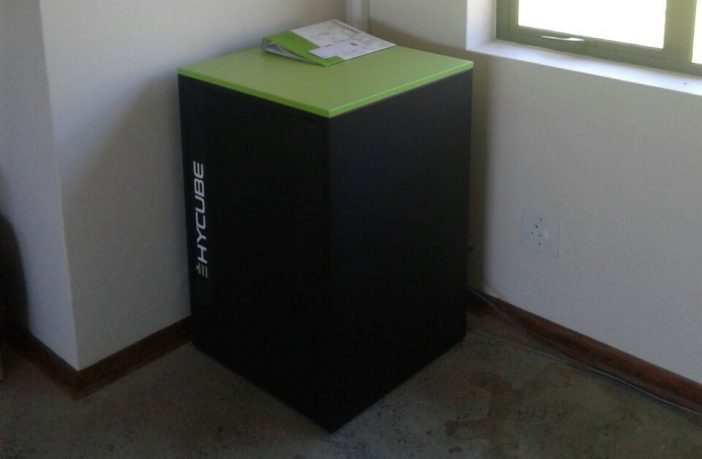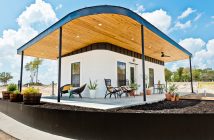- The residential battery storage sector is moving fast technology wise
- As different technology is researched and production methods improve, prices are reducing making it more affordable for the homeowner
- What are the current and future options?
The home battery storage market is moving towards Distributed Energy Storage (DES) which offers a lot more flexibility for the homeowner. The battery banks are decentralised, compact and modular so that the homeowner can start small and grow their systems by scaling up over time. Latest technology and improved production methods have resulted in more affordable pricing.
Wind and solar Pv (photovoltaic) energy production are variable and dependent on nature for capacity output. The sun does not shine at night and the wind may not blow at night. Hence the need to store energy produced from these technologies for discharge when needed.
Traditionally lead acid-alkaline batteries have been specified for home storage solutions. These batteries are no different from the ordinary car battery – heavy, toxic, require maintenance and have the limited lifespan (3 years). They are also prone to corrosion and leakages. This technology progressed to low maintenance gel batteries but it is fast becoming outdated.
There are a number of new technologies available to the homeowner which are more environmentally friendly and have a longer life. They are also more economical and ‘work’ for the homeowner by allowing increased and deeper cycles. New battery technology can offset peak demand charges and save money for the homeowner by discharging daily at specific times. In other words, new battery technology allows for a lot more than just a backup system.
Lithium-Ion Batteries (Li-I batteries) is fast becoming the most popular option in home energy storage solutions. They have a regular storage capacity of 200W/kg and typically have a ten-year lifespan. No maintenance required and they are cost effective. There is also Lithium-Sulphur Batteries (Li-S batteries) which have a greater storage capacity of 500W/kg but the technology still needs to address the number of charging cycles over long periods. For now, Lithium-Ion Batteries still outperform the Sulphur option and remain the first choice.
‘Salties’ or salt water battery banks are a non -toxic option for the homeowner and also have a ten-year lifespan. They are maintenance free and offer up to 3000 cycles over their lifespan. Unlike the lithium-ion battery banks, the salties are fully bio-degradable. They will not corrode and there are no chemicals to leak. The technology is relatively new to South Africa. As such pricing is still expensive but will come down in time.
Compressed Hydrogen Banks have the highest energy per mass of any fuel and are strongly touted to be the future of residential energy storage. Research underway is focused on cold or cryo-compressed hydrogen storage that increases hydrogen density and allows for smaller storage solutions. Safety issues will challenges researchers to come up with a compact solution for the residential market.
Redox Flow Batteries (RFB) is also residential energy storage option for the future. The technology simply stores electricity as a chemical in two large tanks. Currently, RFB cannot compete with Lithium-Ion batteries, as the storage capacity of RFB’s is dramatically lower than Li-I Batteries. The advantage of Redox is that it can instantly recharge. So until they can sort out the storage capacity this technology is not currently suited for the residential market.
So, for now, Lithium-ion and Salties are the most viable option for energy storage solutions for the home. Homeowners are advised to try to source battery storage solutions with a built-in inverter if they want to include a solar Pv system in the mix.
Author: Bryan Groenendaal












1 Comment
Need a price and availability for salt water batteries